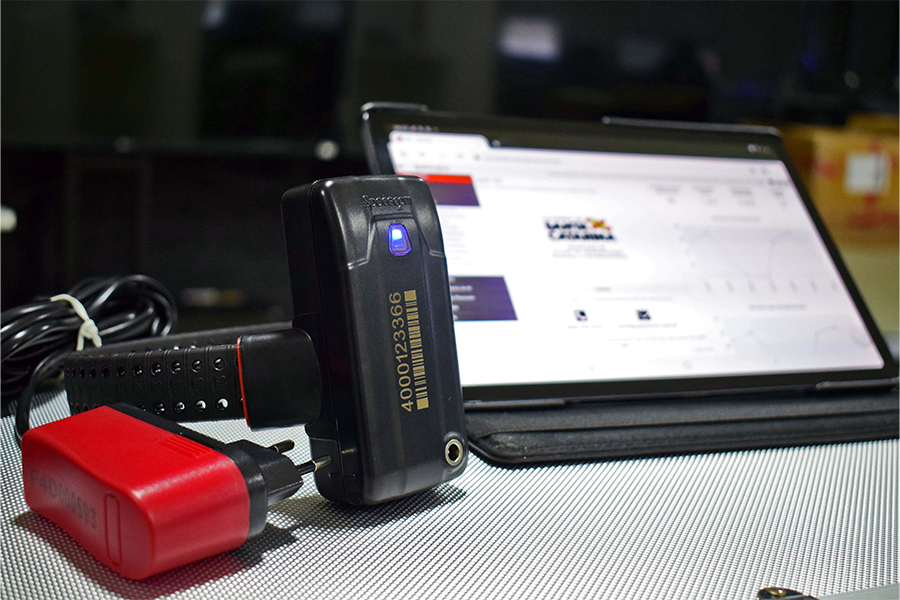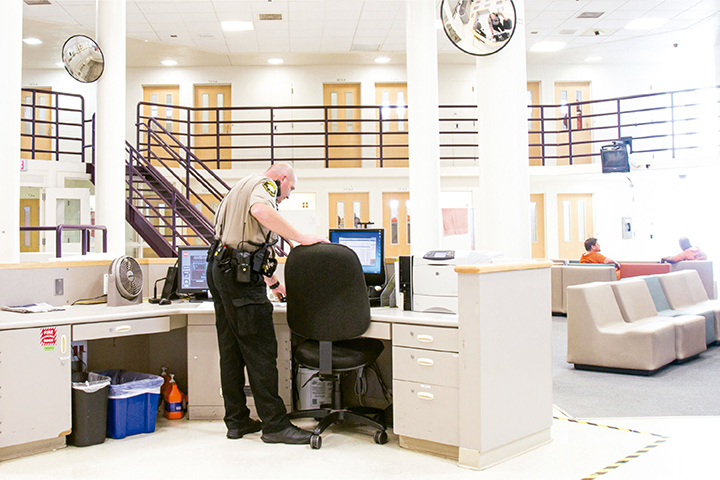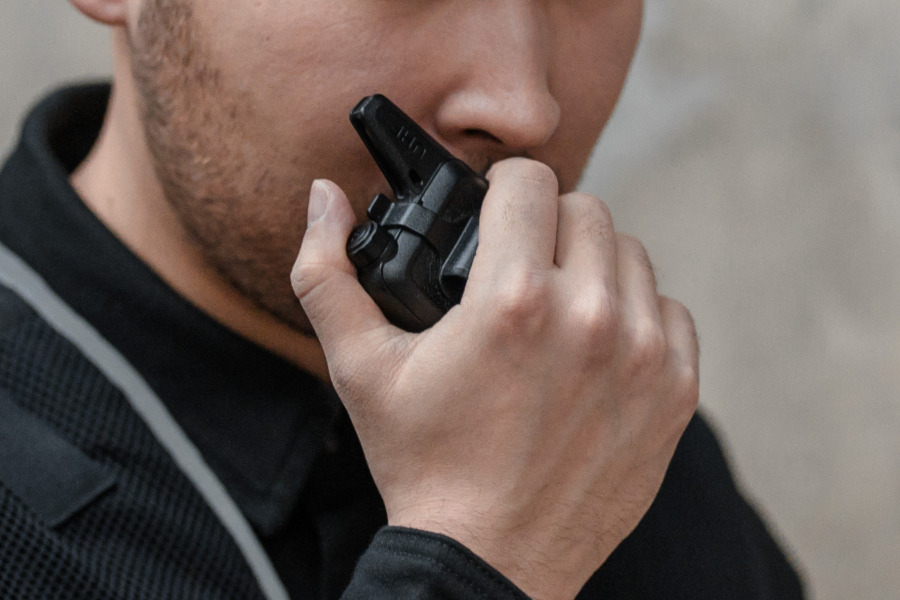Article
Mitch Volkart
As prisons strive to provide incarcerated individuals with the necessary tools for successful reintegration into society, they are confronted with an escalating security threat: the relentless proliferation of unauthorized cell phones among inmates. Compounded by the complex prison environment, the prevalence of contraband cell phones undermines facility security and empowers inmates to perpetuate criminal activities from within their cells.
A recent examination of 1,000 contraband cell phones recovered from inmates exposes a disturbing reality: Nearly 50% of these illicit devices have been used in illegal activities, ranging from drug trafficking to financial fraud to the distribution of child pornography. This finding highlights the urgent need for effective solutions to combat the growing influx of contraband cell phones and safeguard the sanctity of correctional facilities.
To address the rise of contraband devices, prisons are increasingly turning to Intelligence-Led Corrections (ILC) strategies and adopting a three-step ILC process of detection, extraction, and analysis.
Step 1: Detection
However, it is important to recognize that simply detecting and removing devices without taking additional action will likely result in a cycle of removal and reintroduction. This first step is vital to containing the symptoms, but the next steps find and address the underlying causes.

Step 2: Extraction
Step 3: Analysis
Strong jurisdictional limits for data sharing handicaps analysts. Criminals don’t operate only within set jurisdictional lines. Restricting information on criminals limits analysts’ impact by forcing them to work with incomplete information.
In recent years agencies have made great strides in recognizing their authority and societal responsibility to exchange data proactively, shifting towards the more proactive, “right-to-share, need-to-share” philosophy. This philosophy recognizes that agencies have the right to proactively exchange relevant data and intelligence. It emphasizes the importance of information sharing as a means to enhance overall situational awareness, identify potential safety threats, and foster collaborative efforts in addressing complex issues.
Summary

Mitch Volkart is a 23 year law enforcement veteran and
current Vice President of Intelligence Solutions for ViaPath Technologies. He possesses a Master’s Degree in Criminal Justice and is responsible for the strategic direction of ViaPath’s forensic and security solutions, and ViaPath’s intelligence related services comprised of over 175 analysts nationwide.



